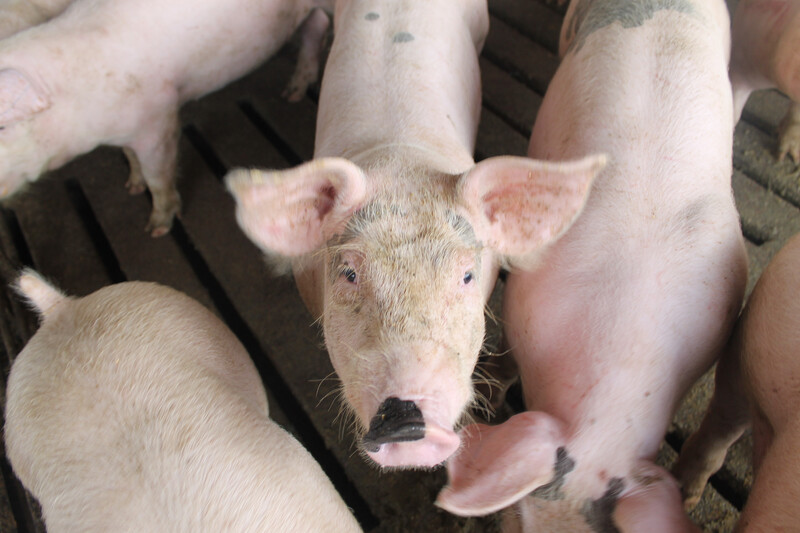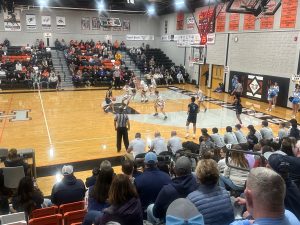U.S. Pork Producers’ Biosecurity Practices Virtually Eliminate Trichinella, Proving Safety of Pork

At the urging of the National Pork Producers Council (NPPC), a newly published U.S. Department of Agriculture (USDA) study found zero Trichinella positives in more than 3.2 million pork samples, demonstrating to domestic and global consumers the safety of U.S. pork.
“USDA scientists have confirmed that U.S. pork producers’ rigorous biosecurity efforts to keep pigs healthy are working,” said NPPC President Lori Stevermer, a pork producer from Easton, Minn. “Because of decades of pork industry research and hard work on the farm, consumers can continue to be confident that the pork on their dinner table is safe to eat.”
U.S. pork producers participate in the robust Pork Quality Assurance® Plus (PQA Plus) certification program for continuous improvement, including biosecurity practices to prevent on-farm exposure to wildlife and rodents, the main sources of Trichinella in pigs.
Trading partners have long restricted access for U.S. pork because of Trichinella concerns, as the U.S. did not have surveillance data to prove there was a negligible risk for Trichinella in the domestic swine herd. As a result of NPPC’s persistence over the past decade, this USDA study validates the safety of U.S. pork.
USDA conducted the first comprehensive survey of pigs produced under the PQA Plus program. USDA’s Agricultural Research Service (ARS) surveyed 3,208,643 samples of pork from 12 processing plants in 23 states over 54 months.
Key takeaways include:
- PQA Plus biosecurity measures are effective mitigations of risk for Trichinella in U.S. pig herds.
- Results are consistent with international guidelines for having a negligible risk to public health.
- Findings permit NPPC to leverage this data with trading partners using Trichinella as a barrier to trade, allowing for trade without extensive testing and further processing.
- U.S. pork is safe to eat.
This study was conducted by USDA ARS and the Department’s Animal and Plant Health Inspection Service.









